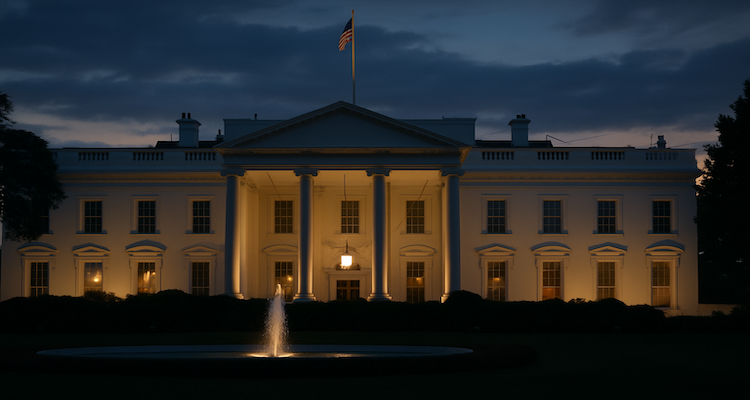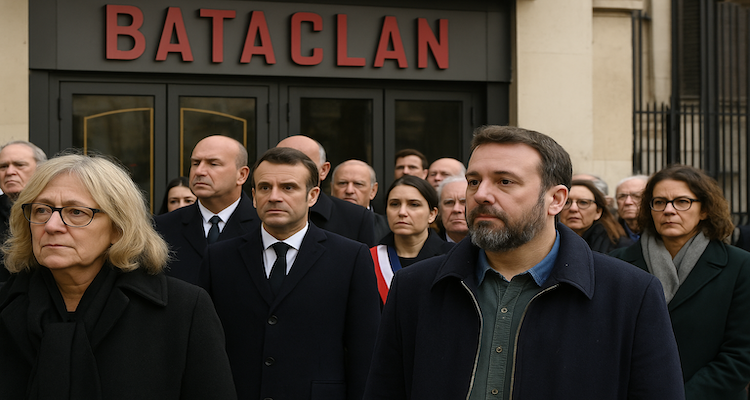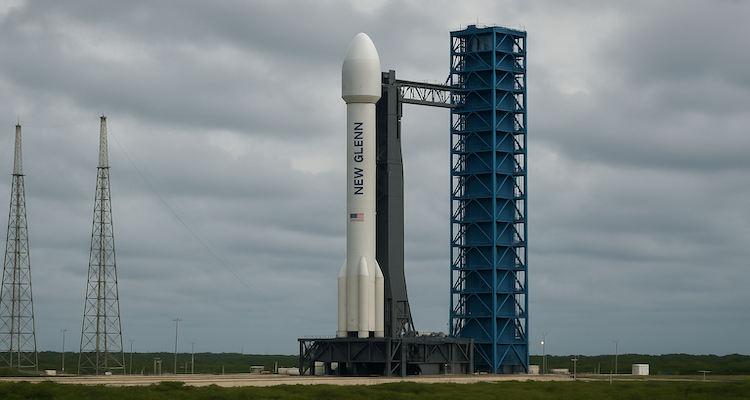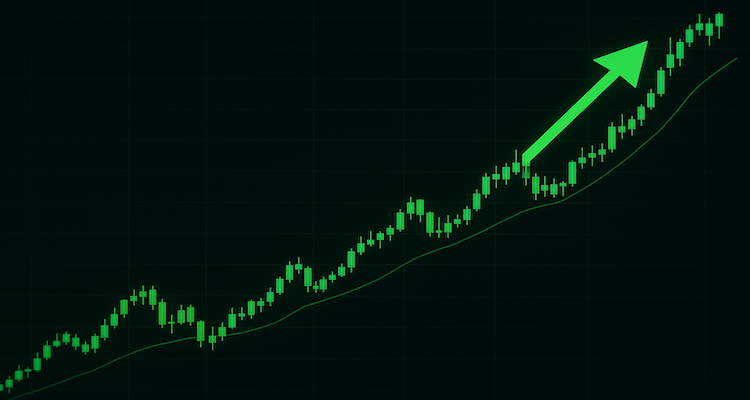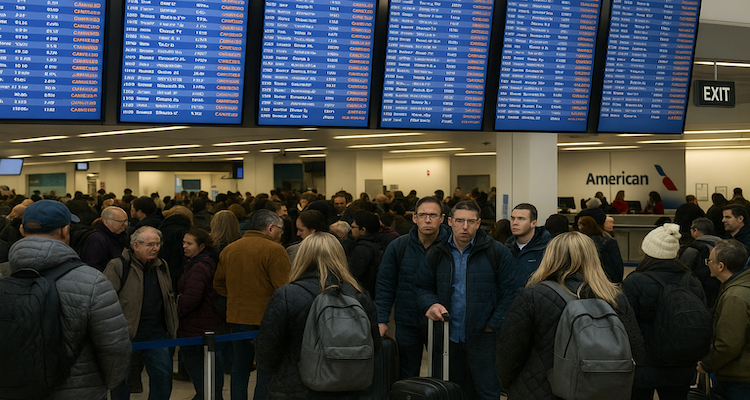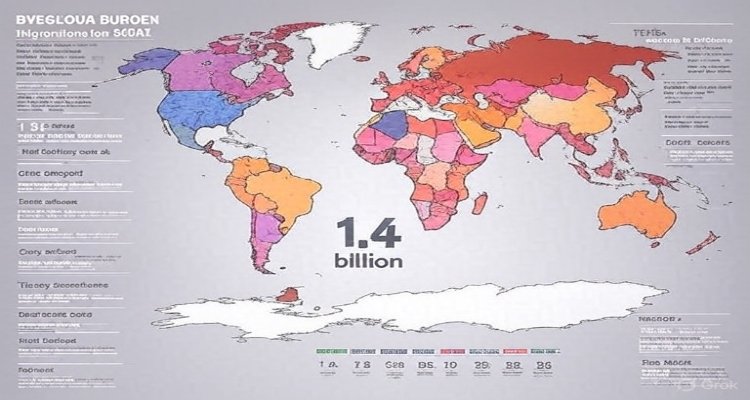1.4 Billion People Lived with Hypertension in 2024: WHO’s Urgent Call for Action
In 2024, 1.4 billion people lived with hypertension, yet only one in five had it under control. WHO warns urgent global action is needed.
Introduction
Every hour, more than 1,000 people lose their lives to heart attacks and strokes caused by high blood pressure. Yet most of these deaths are preventable. In its second Global Report on Hypertension 2025, the World Health Organization (WHO) revealed that 1.4 billion people worldwide lived with hypertension in 2024, but worryingly, only one in five had their condition under control. The findings expose a silent yet deadly epidemic and call for global urgency in addressing prevention, treatment, and long-term management.
Context & Background
Hypertension, commonly known as high blood pressure, is the sustained elevation of pressure within the arteries that transport blood from the heart to vital organs. Often symptomless, it has earned the name “the silent killer”. If left uncontrolled, it can lead to severe complications including heart disease, stroke, kidney failure, dementia, and premature death.
Globally, cardiovascular diseases — closely tied to hypertension — remain the leading cause of mortality, claiming over 10 million lives annually. Despite the fact that hypertension is preventable and treatable, a lack of effective health system integration, limited access to treatment in low-income regions, and insufficient policy support continue to fuel its rise.
In low- and middle-income countries, where more than two-thirds of those affected reside, hypertension has imposed an economic cost of nearly $3.7 trillion between 2011 and 2025, accounting for about 2% of their GDP.
Main Developments from WHO Report
The WHO’s Global Report on Hypertension 2025 paints a stark picture:
-
In 2024, 1.4 billion adults aged 30–79 lived with hypertension, yet only 320 million managed to bring their condition under control.
-
Every hour, over 1,000 lives are lost to cardiovascular events linked to hypertension, most of which are preventable.
-
Just 28% of low-income countries have ensured that all WHO-recommended hypertension medicines are generally available.
-
Out of 195 nations assessed, 99 countries reported national hypertension control rates below 20%, underscoring vast disparities in healthcare access.
-
The prevalence of uncontrolled hypertension reflects not only lifestyle-related risks such as high salt intake, smoking, alcohol consumption, and physical inactivity but also systemic weaknesses in detection, affordable treatment, and continuity of care.
Expert Insight & Public Health Perspectives
“Hypertension is no longer just a medical issue, it is a public health crisis that demands political will, investment, and strong primary healthcare,” said Dr. Tedros Adhanom Ghebreyesus, Director-General of WHO, during the report’s launch.
Public health advocates stress that early detection and universal blood pressure screening are critical. Dr. Soumya Swaminathan, former WHO Chief Scientist, emphasized that promoting “simple preventive strategies such as reducing sodium in diets, increasing physical activity, and ensuring better access to affordable medicines can save millions of lives.”
Countries that have successfully integrated hypertension control into Universal Health Coverage (UHC) — such as Bangladesh, the Philippines, and South Korea — demonstrate the effectiveness of community-based care, consistent treatment protocols, and strong patient engagement.
Impact & Global Implications
The rising tide of hypertension has far-reaching consequences:
-
Health systems face growing strain, particularly in low-resource settings, due to the high costs of managing cardiovascular complications.
-
Families and individuals often shoulder out-of-pocket medical expenses, pushing many into financial distress.
-
With populations aging and life expectancies increasing, the global burden is projected to rise further in the coming decades, unless aggressive preventive strategies and systemic reforms are implemented.
The WHO recommends several key enablers to curb the crisis:
-
Expanding health literacy on lifestyle risks.
-
Universal blood pressure screening at primary care visits.
-
Ensuring affordable access to essential medicines and simplified treatment protocols.
-
Leveraging digital health technologies and telemedicine for patient follow-up and long-term adherence.
-
Embedding hypertension control in national UHC reforms.
Spotlight on India: A National Effort
India represents one of the most significant case studies in tackling this epidemic. With an estimated 20 crore (200 million) adults living with hypertension, only about 2 crore (20 million) have their condition under control. Recognizing the urgency, the government launched the India Hypertension Control Initiative (IHCI) in 2017.
The program has since expanded to over 20,000 government hospitals and primary healthcare centers across 26 states, covering 150 districts. By linking population-based screenings under the National Health Mission with follow-up care, IHCI has been able to systematically track and treat patients. Its success was internationally recognized in 2022 when it won the UN Interagency Task Force and WHO Primary Health Care Award.
Health experts believe that if scaled further, India’s initiative could significantly reduce premature deaths from strokes, heart attacks, and kidney disease.
Conclusion
Hypertension may be a “silent killer,” but the message from WHO’s latest report is loud and clear: the world cannot afford to ignore it any longer. With 1.4 billion people living with the condition, and majority of them undiagnosed or untreated, urgent and coordinated global action is required. Prevention, affordable treatment, and continuity of care must become priorities — particularly in low- and middle-income nations where the impact is most devastating.
As populations grow older and lifestyles become increasingly sedentary, the scale of the challenge will only intensify. But with the right investments, stronger primary care, and patient-centered policies, millions of lives worldwide can be saved from the grip of hypertension.
Disclaime : This article is for informational and educational purposes only. It does not substitute professional medical advice, diagnosis, or treatment. Always consult a qualified healthcare provider regarding any medical condition.


